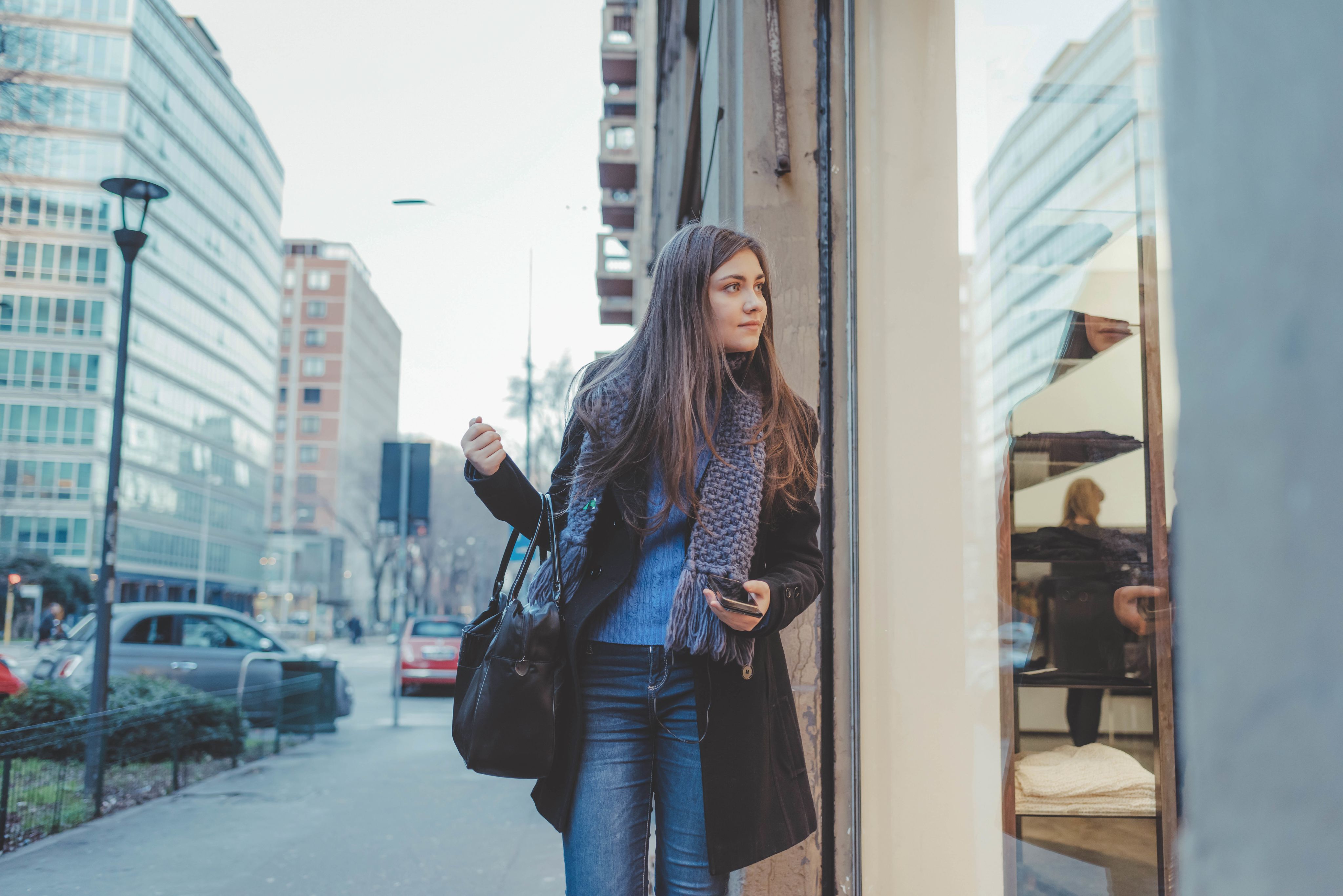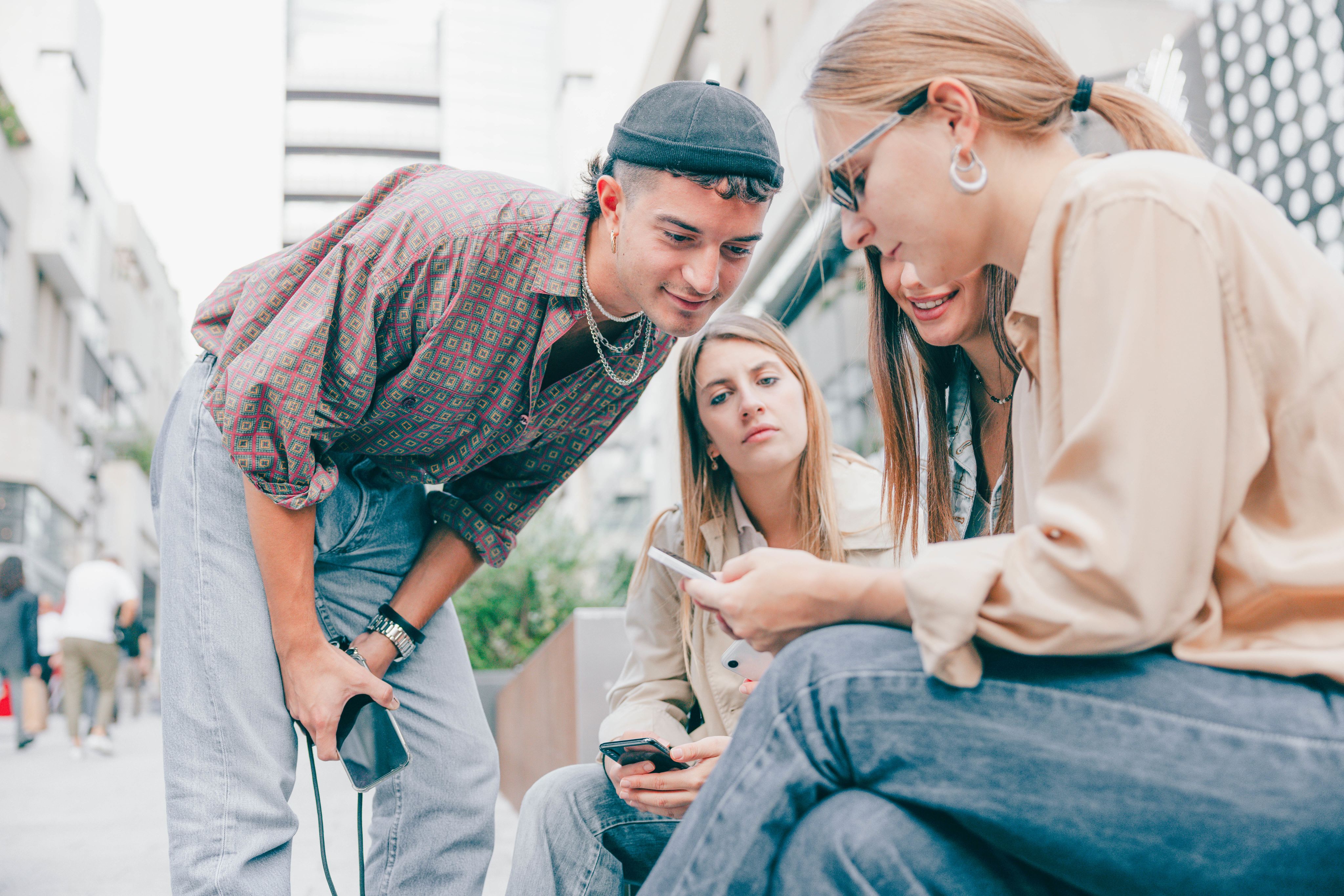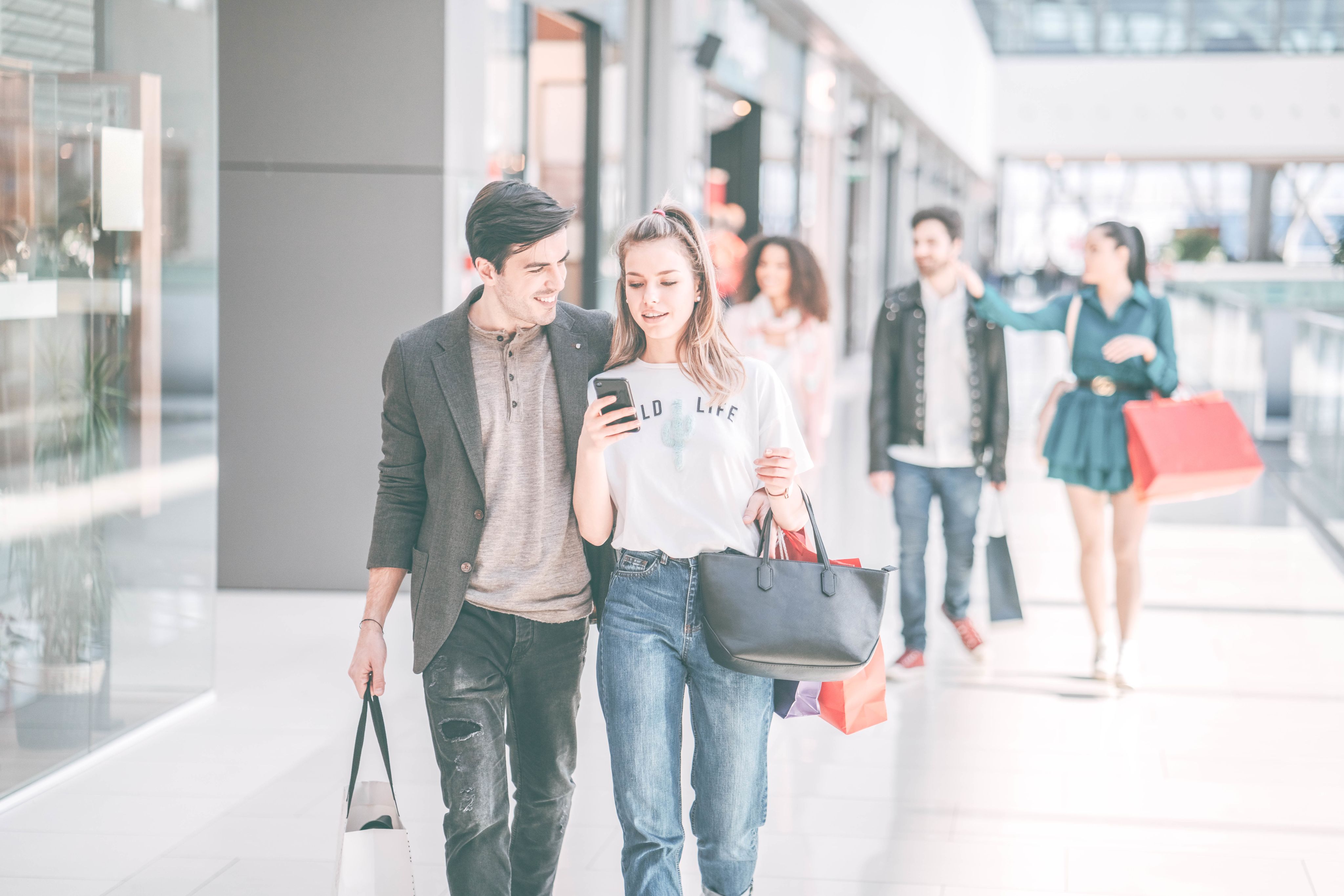
Gen Z:
keeping up with the face of the retail revolution

Over the past two years, the lives of generations across the globe have been shaped in unprecedented ways, and perhaps none greater than Gen Z. The pandemic world fostered the transition for many Gen Zers from adolescence to adulthood and fashioned a unique identity that has strong influence over their behaviors, especially as consumers. This identity and the ideologies that support it have a profound impact on how Gen Z moves and participates in the market. With a spending power of over $140 billion, recognizing the needs of this distinctive group holds substantial weight in retailers’ success.
Ranging from ages 10 to 25 may give the idea that Gen Z is too young to construct informed opinions on subjects as vast as the retail industry. However, Gen Z should be considered the most informed customer ever with an entire arsenal of information in the palm of their hands. But digital fluency is just one facet of Gen Z consumers’ buying experience, other fundamentals include the levels to which they consciously engage with and discern brands, identify products, make purchases, and form relationships with retailers.
"Only a crisis – actual or perceived – produces real change. When that crisis occurs, the actions that are taken depend on the ideas that are lying around."
Social engagement drives discovery
The majority of Gen Z consumers use social media as the primary source for their shopping inspiration and information. The top apps used amongst Gen Z —like Twitch, TikTok, and Instagram— encourage content sharing and open dialogue amongst users. Gen Z engages on these platforms as both creators and critics. They are drawn to other curators, whether it be YouTube vloggers or digital influencers, that give real and honest feedback. It’s much easier to be influenced by someone you already know, trust, and agree with. Because of this, curators have elbowed their way into the fashion industry’s inner circle, personifying a new role altogether.
Top retailers are taking notice and action. Brands are now forming genuine partnerships with curators, influencers, and other social media icons to create value-driven content geared towards Gen Z. Celine, a French ready-to-wear and leather luxury goods brand, has partnered with some of TikTok’s biggest stars to showcase their products. This helps provide the introduction of the luxury brand to an audience that previously, may not have given it a second thought. Other retailers are taking a different approach to engagement by utilizing automation, rather than original content, in conjunction with influencers. Dior has partnered with K-pop icon and fan-dubbed beauty influencer, Jisoo, to launch a whatsapp campaign. Through whatsapp, users can engage with Jisoo’s chatbot to choose the content they want to see.
Engaging more with audiences through social media via partnerships, promotions, and collaborations helps brands to be discovered and stay relevant in the eyes of Gen Z consumers.







Products are hand-picked and marketing should be too
If it isn’t already clear, Gen Z makes decisions based on conscious consumption and self-expression. With over consumption being an ethical concern, they are as intentional with what they are buying as who they’re buying it from. The generation views products, especially those with higher price points, as investments, rather than necessities. This mindfulness means many Gen Zers are not fashion purists. The generations' trends focus more on highly unique looks than filling their closet with brand basics. Often there is a preference for mixing and matching styles, brands, and price-points.
A Gen Zers wardrobe may include a $15 vintage tee from a local store paired with $50 Zara jeans and completed with $500 custom Nikes. The personalized, eye-catching statement pieces are much more the focus than completed outfits from a single brand. This element of Gen Z fashion is essential when making the connection between brand and customer.
Paying attention to what items each customer purchases along with their preferences in style, color, and material helps provide a better target for future purchases. Much like their style, Gen Z wants marketing and outreach that is customized to them. Equipping associates to proactively reach out with suggestions that fit their style and budget fosters that personal connection with the brand.


The physical store is the final frontier
While there has been a great deal of emphasis on Gen Z consumers’ digital focus, when it comes to the buying experience, there has been a definitive shift towards a channeless approach that includes both the digital and the physical interactions with the brand. Since Gen Z views clothing as an investment, they are more conscious of their spending habits. During the initial decision-making process, digital engagement is key, but many Gen Z shoppers are opting for in-person experiences to ensure they’re getting the most bang for their buck before completing the purchase.
While Gen Z prefers the in-store experience, they are accustomed to the efficiency and availability that comes with ecommerce. Leading retailers use omnichannel tools to manage their expectations and make their shopping and purchasing experience as seamless as possible. Mulberry has turned their stores into omnichannel experience hubs that give shoppers the ability to purchase in store and online products in a single order. This led to an overall increase in average order value across the brand.
Offering customers flexible ways to make purchases and a channeless experience in store leaves a lasting sense of satisfaction with the brand.

The most informed generation is nonaligned with brand loyalty
In the age of omnichannel presence, coupled with Gen Z’s tendency to conduct in-depth research, brand loyalty is not a huge factor to the cohort. Only a third of individuals aged 13-21 feel a strong connection or loyalty to a specific brand. Of that group, the strongest loyalty comes from ages 19-21 at just under half. For retailers, this means there is only a short window of opportunity to create strong relationships with the group. This seems like a tall order considering the additional obligations this generation of consumers looks for in such a slim timeframe. But it is achievable.
4 key ways to increase engagement and loyalty from Gen Z shoppers:
- Providing opportunities for engagement and co-creation opens the door to connection. Remember, Gen Z wants to engage with brands as curators and critics, oftentimes on public, social platforms. 43% of Gen Z says they would participate in product reviews if given the chance, and 24% say they already have. Creating these authentic opportunities for contribution and participation can turn consumers into enthusiasts.
- Understanding the difference between brand enthusiasm and brand loyalty is crucial. Engagement is a great way to increase enthusiasm, but assessing loyalty is more about repeat purchases. Engagement with the brand across channels helps to understand the consumer preferences and behaviors. With this understanding, brands are better able to tailor their communication to ensure each touchpoint is made in a value centric way.
- Create consistency and authenticity across channels. Understanding that social action, inclusivity, and sustainability are what motivates the younger generation is one thing. Echoing that sentiment with action is what solidifies the brand image. It’s easier to trust that a brand is authentic to who they say they are when you are seeing the same message relayed every time you interact. Equipping store associates to tell the same story as is told online in a value-centric way creates a consistent appearance across channels.
- Offering a channeless experience in store is key. Since Gen Z shoppers are heading back into the store to test products and make purchases, it’s important to know the experience they want when they get there. Providing an omnichannel experience when shopping and purchasing gives a lasting feeling of having their needs met and
Shoppers are changing and retailers need to adapt to survive. Accepting and appreciating the distinctive Gen Z identity within the market will contribute to brands’ progressive success and relevance.





Bringing it all together
Shoppers are changing and retailers need to adapt to survive. With Gen Z, authenticity is key throughout the consumer lifecycle. Presenting genuine opportunities for engagement facilitates organic discovery and valuable connection. Sincerely walking-the-walk and ensuring consistent communication and action brand-wide highlights the values that the cohort expects. Keeping the digitally native consumer top-of-mind when formulating omnichannel strategies ensures a seamless experience no matter where they shop. Accepting and appreciating the distinctive Gen Z identity within the market will contribute to brands’ progressive success and relevance.

About
Tulip provides a suite of cloud-based solutions that let retailers overcome industry challenges and set a new standard for omnichannel commerce. Partnered with Apple and Salesforce, Tulip equips sophisticated retailers to build connections with customers, fulfill orders, checkout purchases, and optimize operations in order to create the end-to-end experience modern customers expect. Leading retailers like Mulberry, Saks Fifth Avenue, Kendra Scott, Kate Spade, COACH, and Michael Kors use Tulip to elevate the shopping experience, increase sales, and improve customer service across channels.
